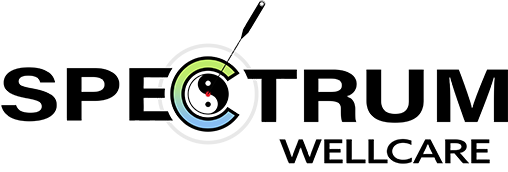The one thing that has become apparent to me is that just discussing clinician diagnosis or cases in their Western medical terms is not, in-itself, going to completely close the “rift” between TCM and Western medicine. Yes, unquestionably, educating the Western practitioners about how Acupuncture affects the central dorsal horn or the spinal nerves is a good start but it takes more to truly gain their respect.
In the US, most patients are conditioned to believe whatever their doctor tells them. They rarely question the diagnosis or treatment plan that their Western doctor presents to them. In the West, the physician has taken on the role of an all-knowing, God-like figure in the minds of the public. This is especially true in the US. I would go as far to say that the very Soul of the US healthcare system is based on this type of understanding.
Western physicians do undergo extensive schooling and training. The US public believe that because of their dedication to their craft, they should be viewed as all-knowing. Obviously, I disagree with this. However, there are more severe products of their status to any practitioner that is not trained in the Western paradigm.
I learned very quickly that most Western practitioners believe that any treatment regimen that conflicts with their education should automatically qualify as nonsense and not be taken seriously or even considered. Therefore, if they tell their patient to not even consider the treatments in the field of TCM, the patient most always follows their advice. Thus, I realized that educating prospective patients is just as important as educating the Western practitioner.
Before I discuss, the ways we, as TCM practitioners, can educate the public on our modalities, it is important to point out the “agents” that help to establish the status of a Western practitioner in the greater society. One of the biggest industries to help that help to facilitate the public’s view of the US healthcare system is the Pharmaceutical industry. In the US, drug companies have totally changed the philosophy behind patient care and, more importantly, the practitioner-patient relationship…
